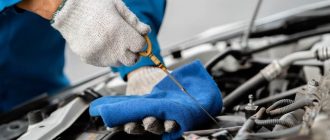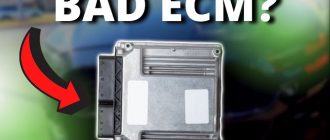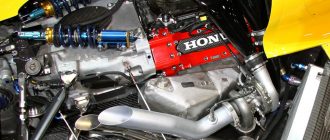## How to Get a Job Designing Car Engines
Designing car engines is a challenging and rewarding career that can lead to a high salary and job satisfaction. However, getting started in this field can be difficult, as there are many qualified candidates and only a limited number of positions available.
If you are interested in becoming a car engine designer, there are several things you can do to improve your chances of getting a job. First, it is important to get a strong education in engineering. A bachelor’s degree in mechanical engineering is the minimum requirement for most entry-level positions, but a master’s degree or doctorate will give you a competitive edge.
In addition to your formal education, you should also gain experience in designing and building car engines. This can be done through internships, co-ops, or personal projects. The more experience you have, the more attractive you will be to potential employers.
Networking is also important for getting a job as a car engine designer. Attend industry events, join professional organizations, and connect with people on LinkedIn. The more people you know in the field, the more likely you are to hear about job openings.
Finally, you should prepare a strong resume and cover letter. Your resume should highlight your skills and experience in car engine design, and your cover letter should explain why you are the best candidate for the job.
## Educational Requirements
The educational requirements for becoming a car engine designer vary depending on the specific job you are seeking. However, most employers require at least a bachelor’s degree in mechanical engineering. A master’s degree or doctorate is also beneficial, especially if you are interested in working on more complex or advanced engine designs.
In addition to your formal education, you should also have a strong understanding of the following topics:
* Thermodynamics
* Fluid mechanics
* Heat transfer
* Combustion
* Lubrication
* Materials science
You can gain knowledge in these areas through coursework, internships, or personal study.
## Experience Requirements
Most entry-level car engine designer positions require at least one year of experience in the field. This experience can be gained through internships, co-ops, or personal projects.
Internships are a great way to get your foot in the door of the automotive industry. They allow you to work on real-world projects and learn from experienced engineers. Co-ops are similar to internships, but they are typically longer and offer more opportunities for hands-on experience.
Personal projects are another great way to gain experience in car engine design. You can design and build your own engine, or you can work on a project with a team of friends or classmates. Personal projects can help you develop your skills and knowledge, and they can also impress potential employers.
## Networking
Networking is important for getting a job in any field, and car engine design is no exception. Attend industry events, join professional organizations, and connect with people on LinkedIn. The more people you know in the field, the more likely you are to hear about job openings.
Here are some tips for networking:
* Attend industry events, such as conferences and trade shows.
* Join professional organizations, such as the Society of Automotive Engineers (SAE).
* Connect with people on LinkedIn and other social media platforms.
* Reach out to people who work at companies you are interested in.
## Resume and Cover Letter
Your resume and cover letter are two of the most important tools you have in your job search. Your resume should highlight your skills and experience in car engine design, and your cover letter should explain why you are the best candidate for the job.
Here are some tips for writing a strong resume and cover letter:
* **Use strong action verbs.** When describing your skills and experience, use strong action verbs that will make your resume stand out. For example, instead of saying “I designed car engines,” say “I designed and developed high-performance car engines for a leading automotive manufacturer.”
* **Quantify your accomplishments.** Whenever possible, quantify your accomplishments to show potential employers the impact of your work. For example, instead of saying “I improved engine efficiency,” say “I improved engine efficiency by 10%.”
* **Tailor your resume and cover letter to each job you apply for.** Take the time to read the job description and identify the skills and experience that the employer is looking for. Then, tailor your resume and cover letter to highlight those skills and experience.
## Job Search
Once you have a strong resume and cover letter, you can start searching for jobs. There are a number of websites where you can find job listings, such as Indeed, Monster, and CareerBuilder. You can also search for jobs on the websites of automotive companies.
Here are some tips for finding a job:
* **Use keywords.** When searching for jobs, use keywords that are relevant to car engine design. This will help you find jobs that are a good match for your skills and experience.
* **Network.** Let people in your network know that you are looking for a job. They may be able to refer you to open positions or give you leads on potential employers.
* **Apply for jobs even if you don’t meet all of the qualifications.** If you are passionate about car engine design, don’t be discouraged if you don’t meet all of the qualifications for a job. Apply anyway and let the employer decide if you are a good fit.
## Conclusion
Getting a job designing car engines can be a challenging but rewarding experience. By following the tips in this article, you can improve your chances of landing your dream job.




